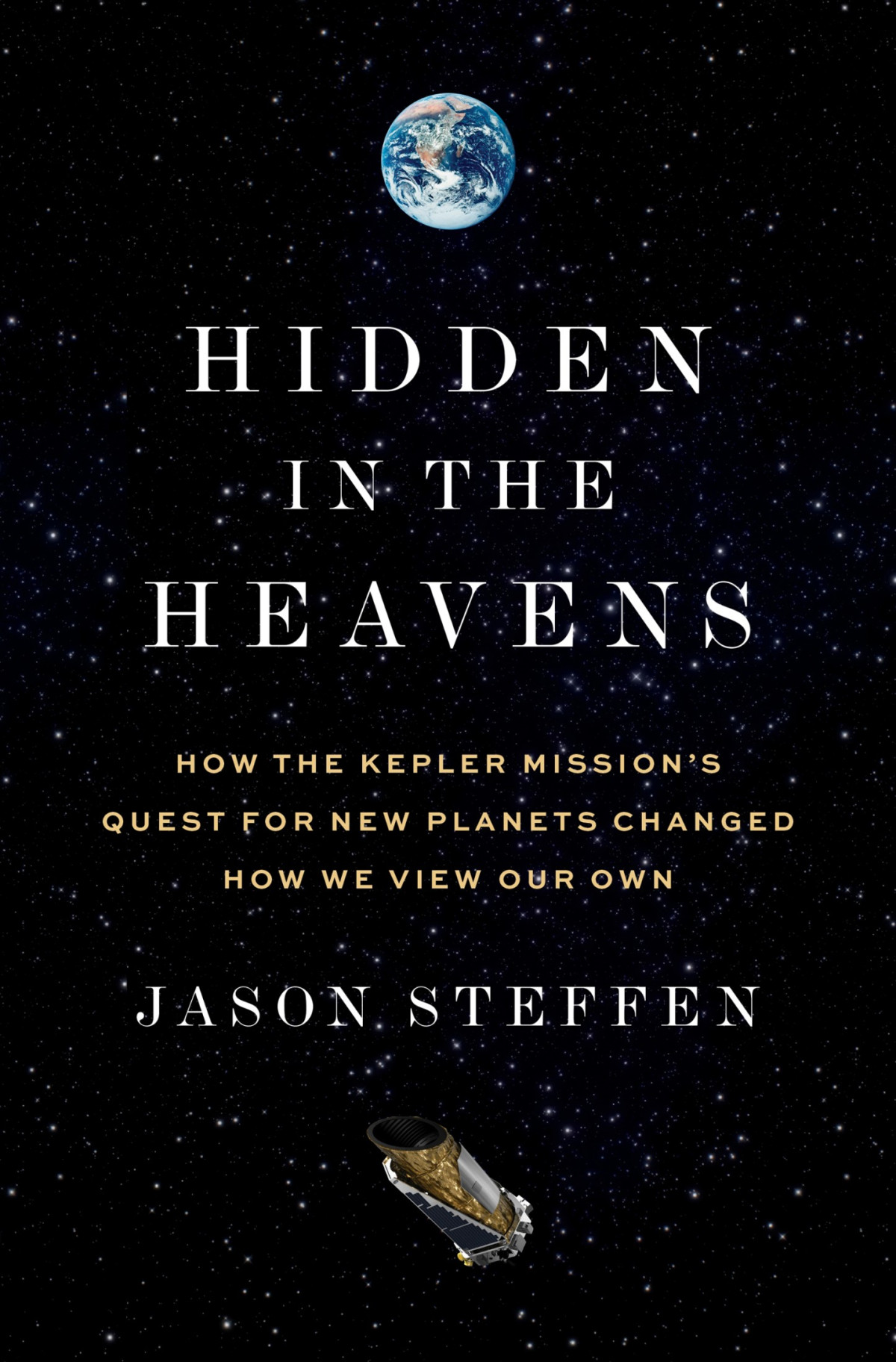

Most ebook files are in PDF format, so you can easily read them using various software such as Foxit Reader or directly on the Google Chrome browser.
Some ebook files are released by publishers in other formats such as .awz, .mobi, .epub, .fb2, etc. You may need to install specific software to read these formats on mobile/PC, such as Calibre.
Please read the tutorial at this link: https://ebookbell.com/faq
We offer FREE conversion to the popular formats you request; however, this may take some time. Therefore, right after payment, please email us, and we will try to provide the service as quickly as possible.
For some exceptional file formats or broken links (if any), please refrain from opening any disputes. Instead, email us first, and we will try to assist within a maximum of 6 hours.
EbookBell Team

4.8
34 reviewsLightweight version. See notes below —bookfixer
An insider's account of the NASA mission that changed our understanding of planets, planetary systems, and the stars they orbit
Are we alone in the universe? It’s a fundamental question for Earth-dwelling humankind. Are there other worlds like ours, out there somewhere? In Hidden in the Heavens, Jason Steffen, a former scientist on NASA’s Kepler mission, describes how that mission searched for planets orbiting Sun-like stars—especially Earth-like planets circulating in Earth-like orbits. What the Kepler space telescope found, Steffen reports, contradicted centuries of theoretical and observational work and transformed our understanding of planets, planetary systems, and the stars they orbit. Kepler discovered thousands of planets orbiting distant stars—a bewildering variety of celestial bodies, including rocky planets being vaporized by the intense heat of their host star; super-Earths and sub-Neptunes, with properties simultaneously similar to and different from both Earth and Neptune; gas giants several times the size and mass of Jupiter; and planets orbiting in stellar systems that had only been imagined in science fiction.
It was, Steffen says, the opportunity of a lifetime to work in the most exciting scientific field on the most awe-inspiring mission. He offers a unique, inside account of the work of the Kepler science team (and the sometimes chaotic interactions among team members), mapping the progress of the mission from the launch of the rocket that carried Kepler into space to the revelations of the data that began to flow to the supercomputer back at NASA—evidence of strange new worlds unlike anything found in our own solar system.
Reduced file size from 16 MB to 4 MB by resaving almost all images at a quality setting appropriate to the image. Converted one plot to indexed PNG format. Removed SVG version of images used for some sort of Amazon e-book reader kludge. Corrected a few spelling mistakes and separated run together words.